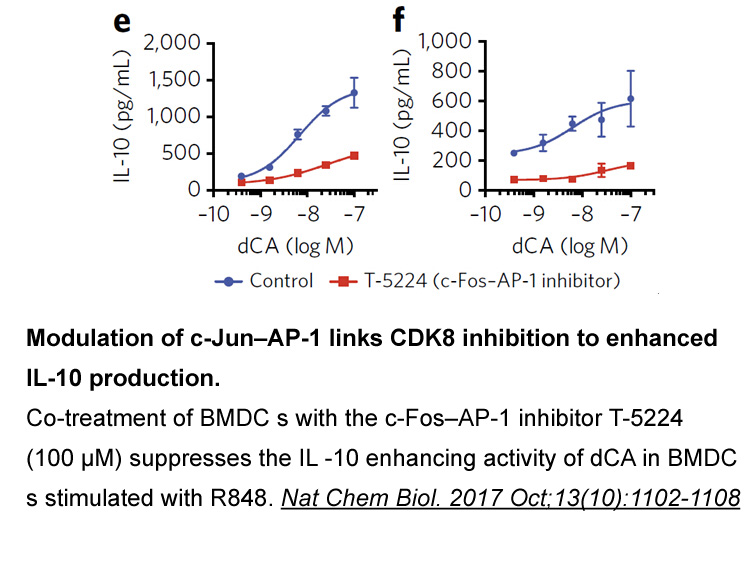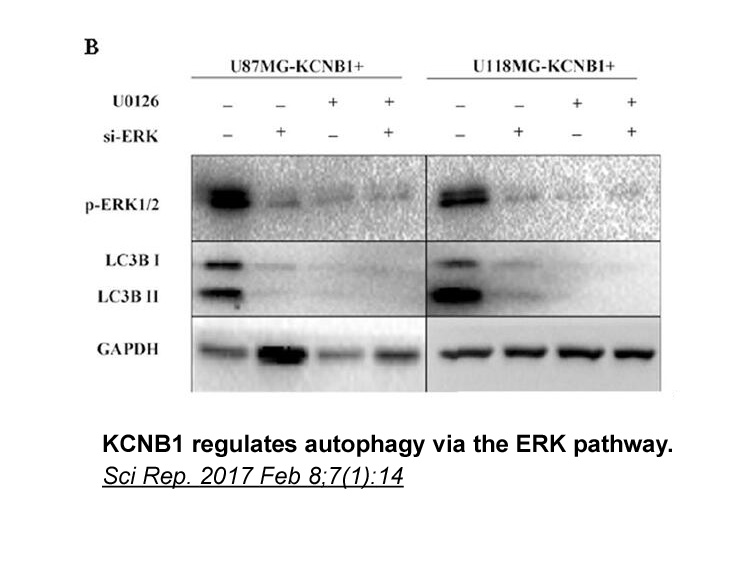Archives
- 2025-11
- 2025-10
- 2023-07
- 2023-06
- 2023-05
- 2023-04
- 2023-03
- 2023-02
- 2023-01
- 2022-12
- 2022-11
- 2022-10
- 2022-09
- 2022-08
- 2022-07
- 2022-06
- 2022-05
- 2022-04
- 2022-03
- 2022-02
- 2022-01
- 2021-12
- 2021-11
- 2021-10
- 2021-09
- 2021-08
- 2021-07
- 2021-06
- 2021-05
- 2021-04
- 2021-03
- 2021-02
- 2021-01
- 2020-12
- 2020-11
- 2020-10
- 2020-09
- 2020-08
- 2020-07
- 2020-06
- 2020-05
- 2020-04
- 2020-03
- 2020-02
- 2020-01
- 2019-12
- 2019-11
- 2019-10
- 2019-09
- 2019-08
- 2019-07
- 2019-06
- 2019-05
- 2019-04
- 2018-11
- 2018-10
- 2018-07
-
Probenecid: Strategic MRP Inhibitor for Tumor & Neuroprot...
2025-10-24
Probenecid is a versatile biochemical tool, enabling precise inhibition of organic anion transporters, MRPs, and pannexin-1 channels in cancer and neuroscience research. Master multidrug resistance reversal and neuroprotection workflows with actionable protocols, troubleshooting strategies, and advanced insights into immunometabolic modulation. This guide delivers a comprehensive roadmap for leveraging Probenecid’s unique mechanistic repertoire across translational research.
-
MDL 28170: Selective Calpain Inhibitor for Advanced Neuro...
2025-10-23
MDL 28170 stands apart as a highly selective, cell-permeable calpain and cathepsin B inhibitor, enabling precision control in models of apoptosis, neuroprotection, and cardiac or infectious disease research. Its rapid brain penetration, nanomolar potency, and proven translational relevance power breakthrough workflows in both basic and applied bioscience.
-
Biotin-tyramide: Advancing Spatially Resolved Proteomics ...
2025-10-22
Explore the advanced mechanisms and spatial proteomics applications of biotin-tyramide, a premier tyramide signal amplification reagent. This article delves into the latest scientific insights and technical innovations, offering a distinct, in-depth perspective on enzyme-mediated signal amplification in biological imaging.
-
Neomycin Sulfate: Unlocking Advanced RNA/DNA Structure In...
2025-10-21
Neomycin sulfate is more than a classic aminoglycoside antibiotic—it's a precision tool for dissecting RNA/DNA interactions, stabilizing nucleic acid architectures, and modulating ion channel function. Explore how its mechanistic versatility enables next-generation workflows in molecular biology, immunology, and microbiome research.
-
TNF-alpha Recombinant Murine Protein: Precision Tool for ...
2025-10-20
TNF-alpha, recombinant murine protein, delivers unmatched specificity for dissecting apoptosis and immune modulation in advanced cell models. Its high activity and robust validation empower researchers to probe both classical and novel cell death pathways, including RNA Pol II-independent apoptosis, driving innovation in cancer and neuroinflammation studies.
-
DIDS (4,4'-Diisothiocyanostilbene-2,2'-disulfonic Acid): ...
2025-10-19
This thought-leadership article provides a mechanistic and strategic roadmap for translational researchers leveraging DIDS (4,4'-Diisothiocyanostilbene-2,2'-disulfonic Acid) in cancer, neuroprotection, and vascular physiology. By integrating novel insights from recent metastasis research and situating DIDS in the broader competitive landscape, we illustrate its unique translational relevance—bridging bench and bedside in ways rarely addressed in standard product guides.
-
Nitrocefin-Driven Innovation: Advancing β-Lactamase Detec...
2025-10-18
This thought-leadership article explores the critical role of Nitrocefin, a chromogenic cephalosporin substrate, in accelerating β-lactamase detection, mechanistic studies of microbial resistance, and translational workflows for combating multidrug-resistant pathogens. Integrating recent mechanistic discoveries, strategic guidance, and advanced assay methodologies, it frames Nitrocefin not just as a routine substrate, but as a linchpin for next-generation antibiotic resistance research and clinical applications.
-
Translating β-Adrenergic Modulation: Strategic Pathways f...
2025-10-17
As cardiovascular research pivots toward more physiologically relevant models and mechanistic detail, non-selective β-adrenergic receptor antagonists like Bufuralol hydrochloride are emerging as precision tools for dissecting complex signaling networks. This article offers translational researchers a roadmap for leveraging Bufuralol hydrochloride in advanced in vitro systems—including human iPSC-derived intestinal organoids—while providing strategic guidance, experimental best practices, and a bold vision for the future of β-adrenergic modulation studies in cardiovascular disease research.
-
Acridine Orange Hydrochloride: Next-Generation Quantitati...
2025-10-16
Explore the advanced use of Acridine Orange hydrochloride as a cell permeable fluorescent nucleic acid dye for high-precision quantification of mechanotransduction, cell cycle, and autophagy. This article uniquely bridges dye chemistry with emerging single-cell analytics and mechanical biology.
-
Introduction Microdialysis is an in vivo
2023-07-06

Introduction Microdialysis is an in vivo-technique which allows continuous sampling of small molecular weight substances (such as neurotransmitters, metabolites and neuropeptides) from the extracellular space of different tissues or organs, e.g. brain, muscle or skin. While the implantation of the
-
Physiology genetics and biochemistry of CYP A br
2023-07-06

Physiology, genetics, and Epibrassinolide australia of CYP17A1 Clinical presentation and diagnosis Treatment Acknowledgements I thank Dr. Hwei-Ming Peng for assistance with preparing Fig. 3. This work was supported by grant R01GM086596 from the National Institutes of Health. Introducti
-
Recent progress has been made in translating animal
2023-07-05

Recent progress has been made in translating animal findings on memory performance and amnestic effects – that are largely determined by tonically active receptors in which α5 contributes to the benzodiazepine binding site. Based on the observation that deletion of this subunit led to improved spati
-
br Conflict of interest br Acknowledgment The
2023-07-05

Conflict of interest Acknowledgment The authors gratefully acknowledge the financial support from the National Natural Sciences Foundation of China (81070220 and 81170278), and the Aid Program for Science and Technology Innovative Research Team in Higher Educational Institutions of Human Provi
-
As the experimental procedure used
2023-07-05

As the experimental procedure used could reflect agonist-stimulation of both anterograde and retrograde APJ trafficking, as has been described for the δ-opioid peptide receptor (Zhang et al., 2006b, Zhang et al., 2006a), receptor internalization was more directly monitored by loading cell surface HA
-
To investigate if WP increased CAT activity in
2023-07-05

To investigate if WP increased CAT activity in cells, C2C12 muscle GW1929 mg were treated with 0.1 to 0.4 mg/mL of WP (80.05% protein) for 24 h and then stressed with 0.75 mM H2O2 for 1 h (Xu et al., 2011). The CAT activity was significantly enhanced from 15.1 ± 0.7 to 23.7 ± 1.3 U/mg of total cell